Trip to Budapest
Hello!
Budapest, Hungary is one of the best cities I’ve ever visited. Let me tell you a bit, show you a bit — and I hope you enjoy it!
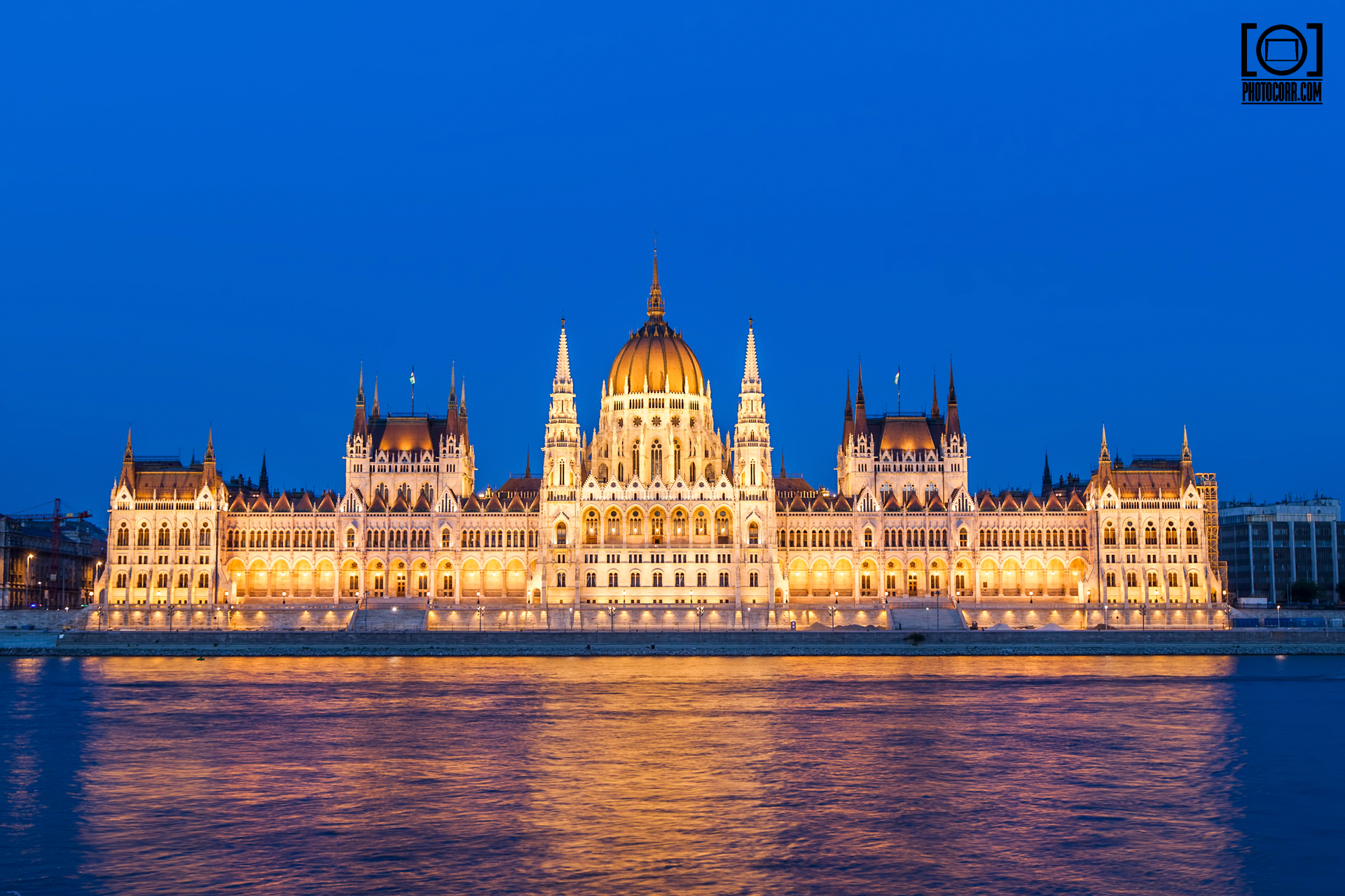
Of course, different people visiting the same place can have completely different experiences and impressions. There is a dependence on many different factors, so let's see how I saw this city.
By the way, I know people who didn’t enjoy Budapest, so it really depends on your perspective — and on what you expect from the trip.
Moving around the city
The airport is about 20 kilometers from the city center, and there are several ways to get there:
- Taxi (about 30 minutes)
- Car rental (about 30 minutes drive + time at the rental company)
- Bus number "100E" (about 40 minutes, runs every 20 minutes)
- Transfer from the airline (about 30 minutes + time for other similar passengers to gather)
- On foot (about 4 hours) ;-)

Budapest has a well-organized public transport system, which is a real treat for tourists. Budapesti Közlekedési Központ combines the networks of buses, trolleybuses, trams, metro and river trams. It’s very convenient to buy a multi-day unlimited travel card and use all these types of transport freely.
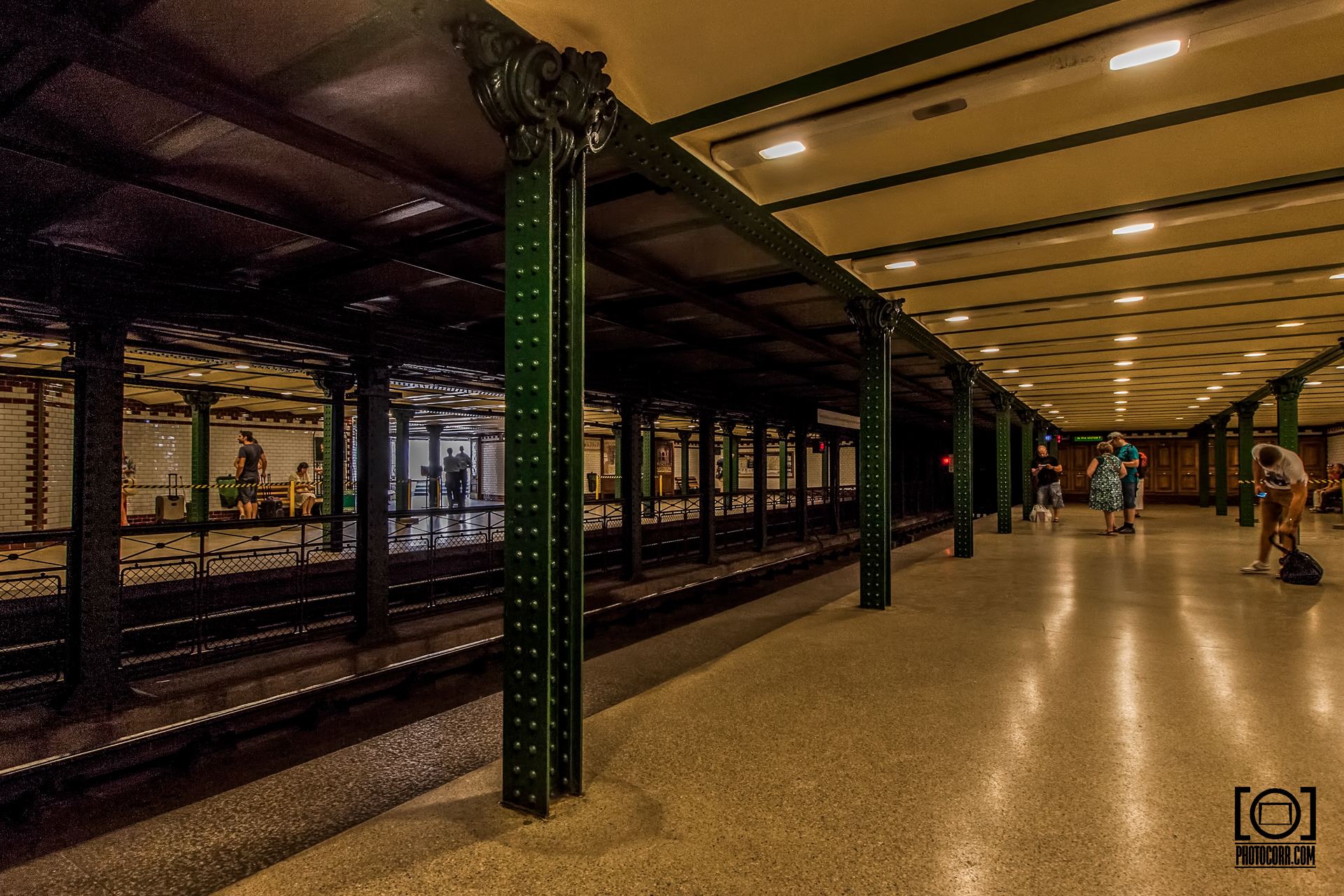
What impressed me most about transport was the metro. The number of stations and the length of the lines aren’t particularly impressive, but the four metro lines almost feel like they belong to different eras!
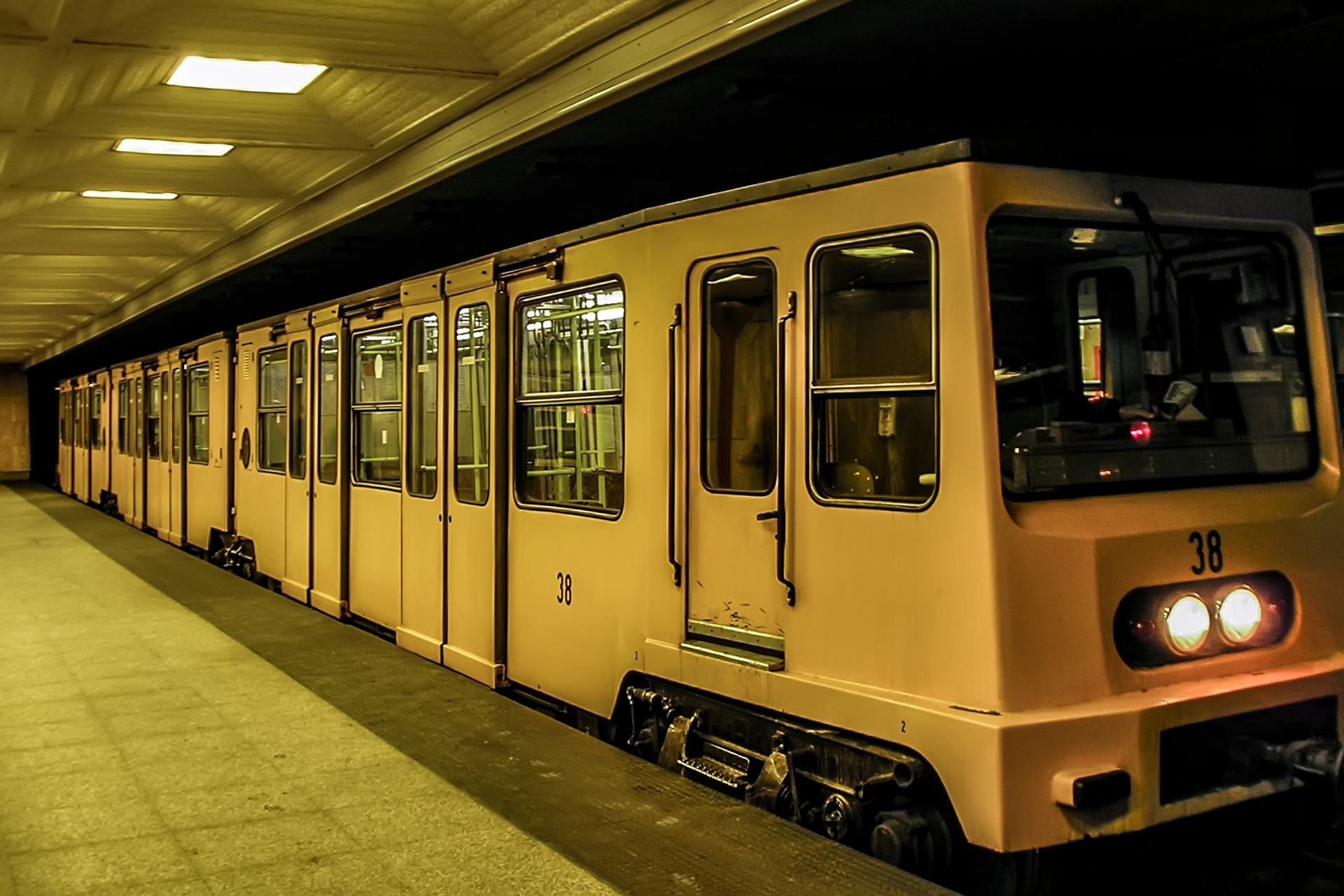
The old Földalatti metro line (Hungarian: Földalatti — Underground) was the first "full-fledged" metro on the European continent and the first in the world with electric traction. The line was opened in 1896 for the 1000th anniversary of the Finding of the Homeland (the arrival of the Hungarians to the Carpathian Basin). Museum-type trains run along this line (yellow), an incredible attraction.
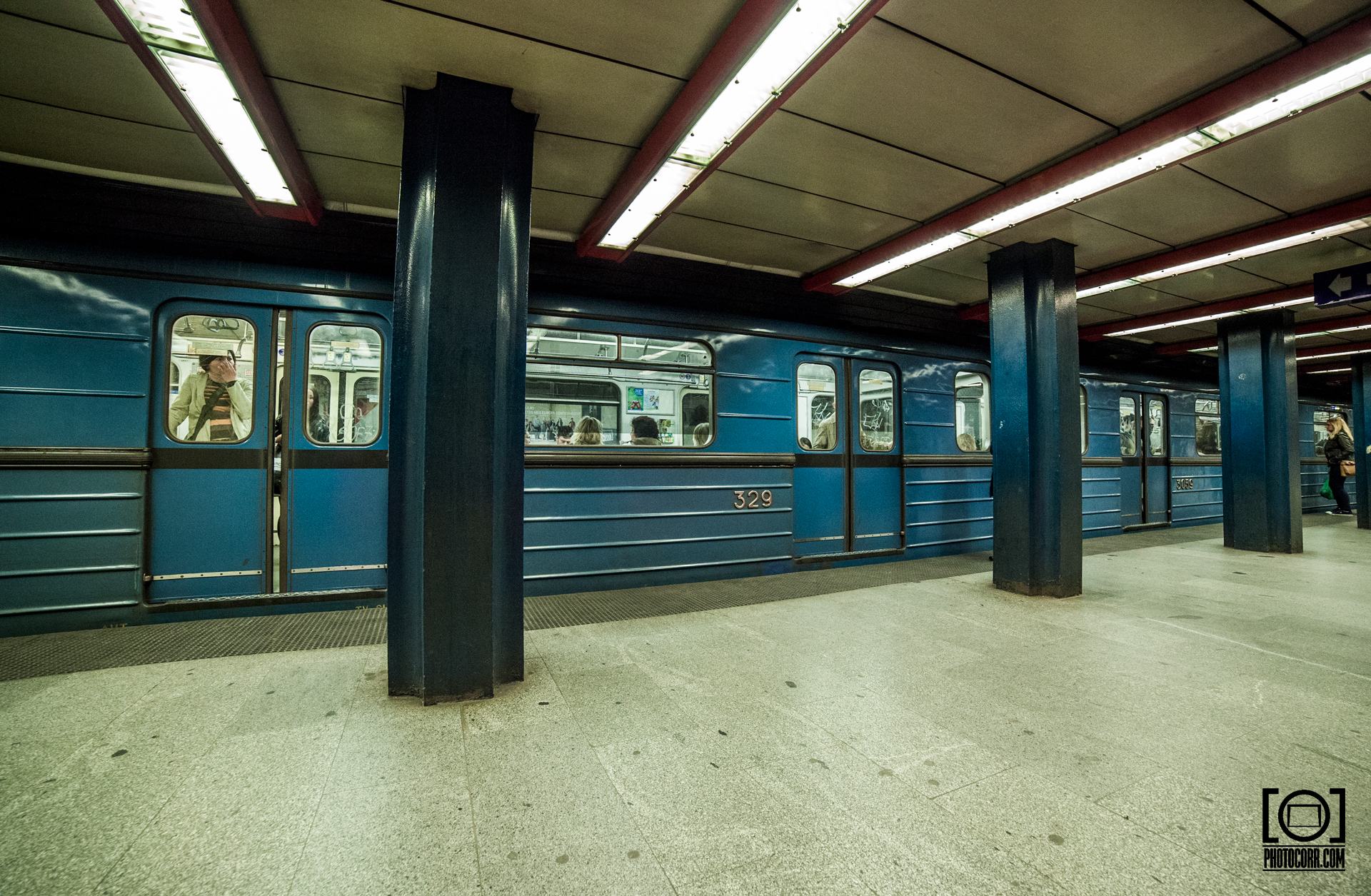
On the blue line you can find carriages exactly the same as ours.
The red line is more modern, with updated trains, while the green line feels brand-new :-)
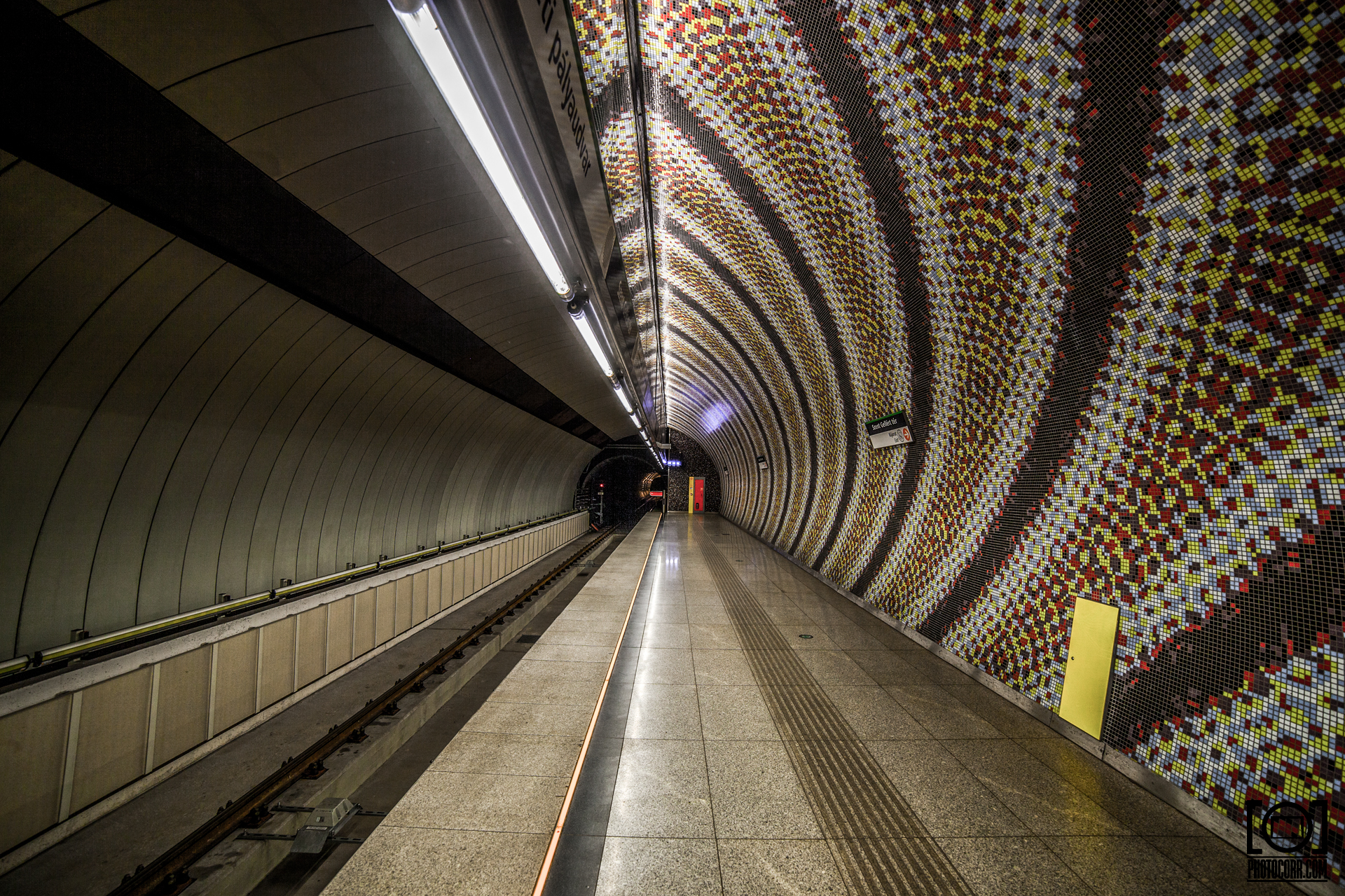
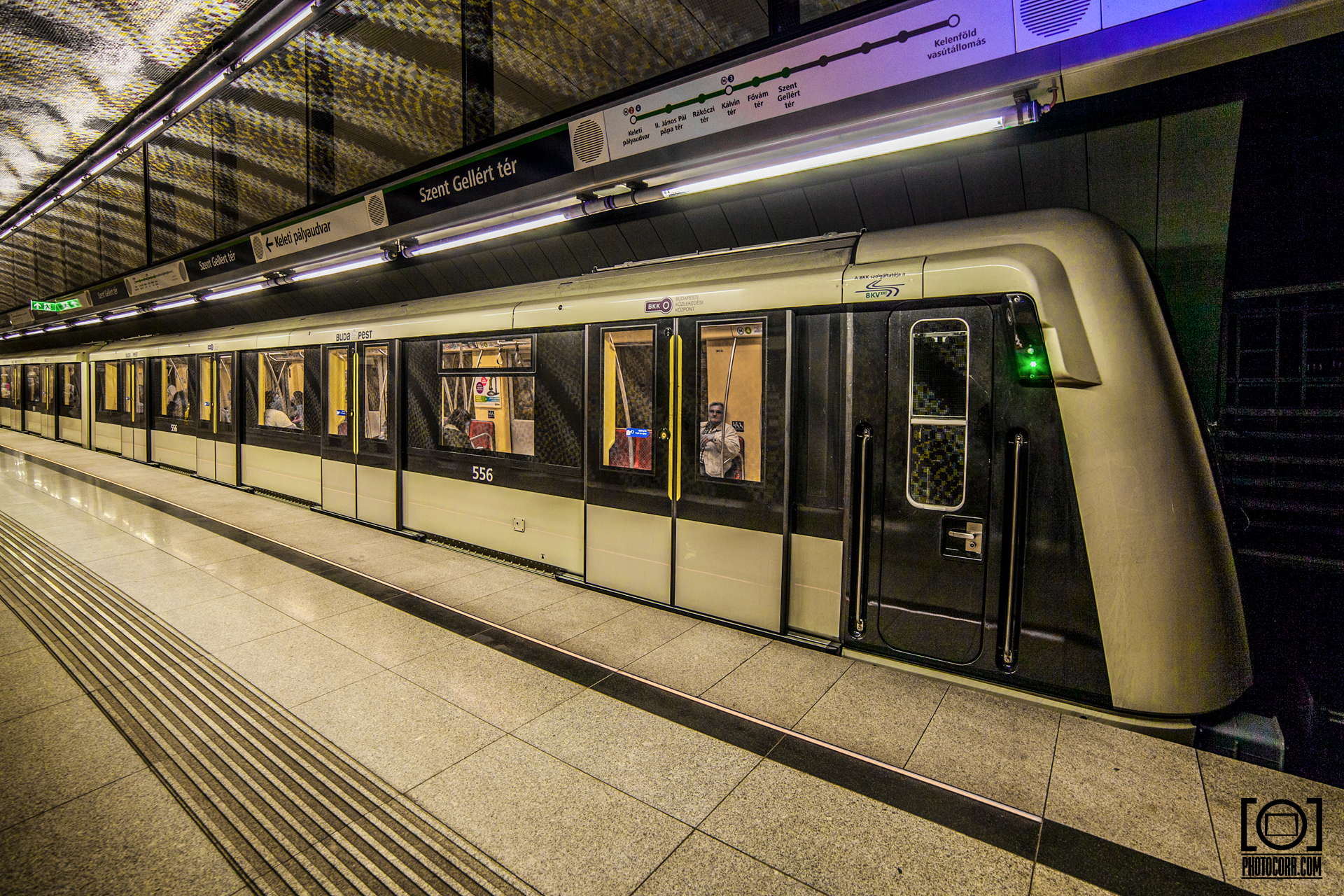
Interesting places
The Fisherman's Bastion was built between 1899 and 1905 according to the design of the architect Frigyes Schulek and was intended as an architectural backdrop for the Matthias Church. Despite its name, the Fisherman's Bastion never had any defensive significance.

The site was once a marketplace surrounded by fortress walls where fish were sold, and in the Middle Ages it was defended by the guild of Buda fishermen — hence the name.
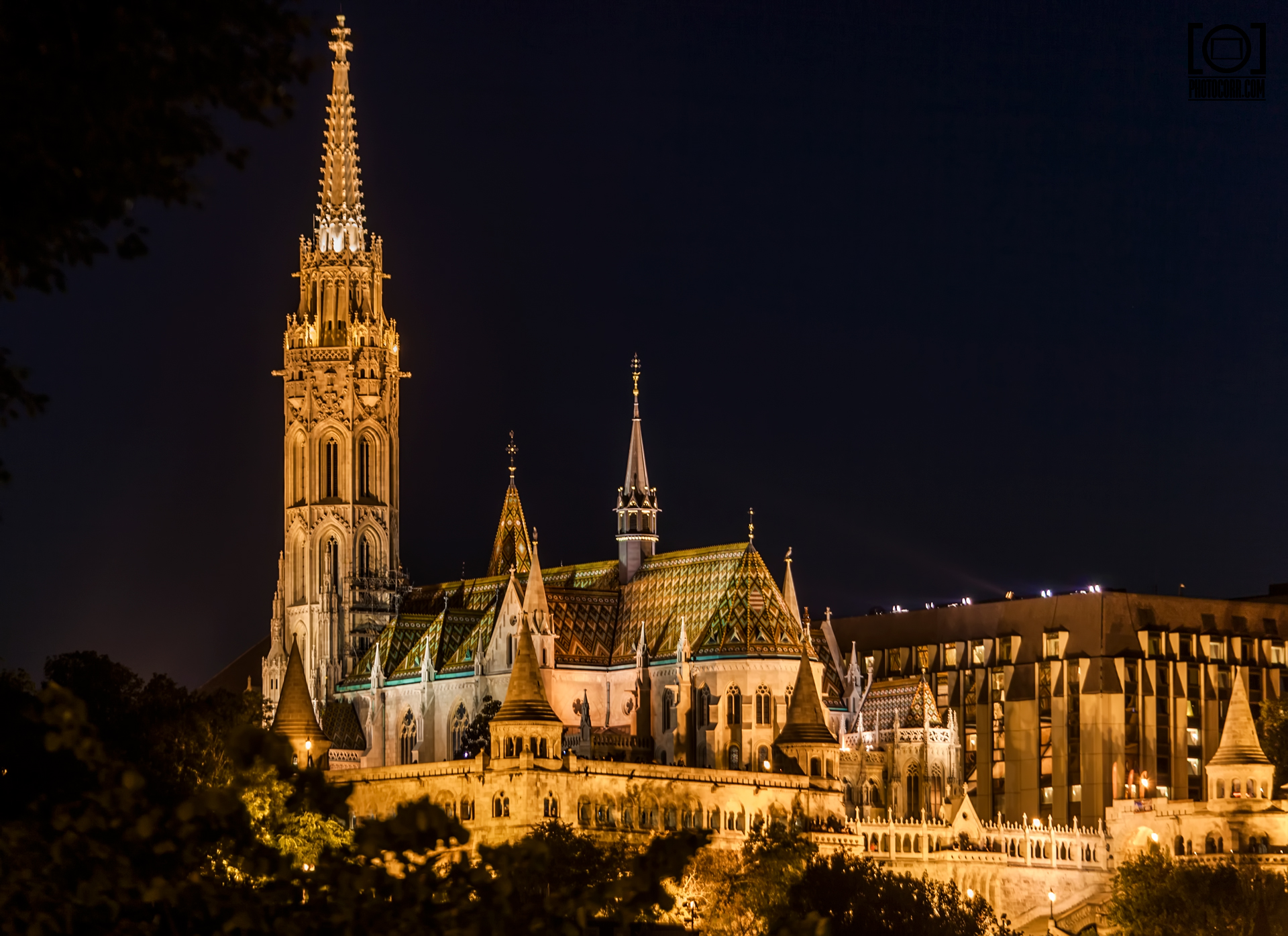
Matthias Church is a Catholic church within the Buda Castle complex. It was built in the lush late Gothic style in the second half of the 14th century and was largely reconstructed at the end of the 19th century.

Buda Castle is the residence of the Hungarian kings in Budapest. The castle can be reached by the Buda Sikló Funicular (Hungarian: Budavári Sikló) or by bus no. 16 from Széll Kálmán Square.

The history of the Budapest island on the Danube begins under the name "Hare Island". King Béla IV of Hungary vowed to dedicate his daughter Margaret to a Dominican monastery on the island if the Mongol invasion was repelled. He kept his promise, and she later died at the age of 28. Thanks to the veneration of the king’s holy daughter, the island eventually took her name.

And now it's a wonderful place for walks! Just look at this park!
Some more photos of Budapest:

The Museum of Terror is dedicated to the tragic periods of the totalitarian history of Hungary.
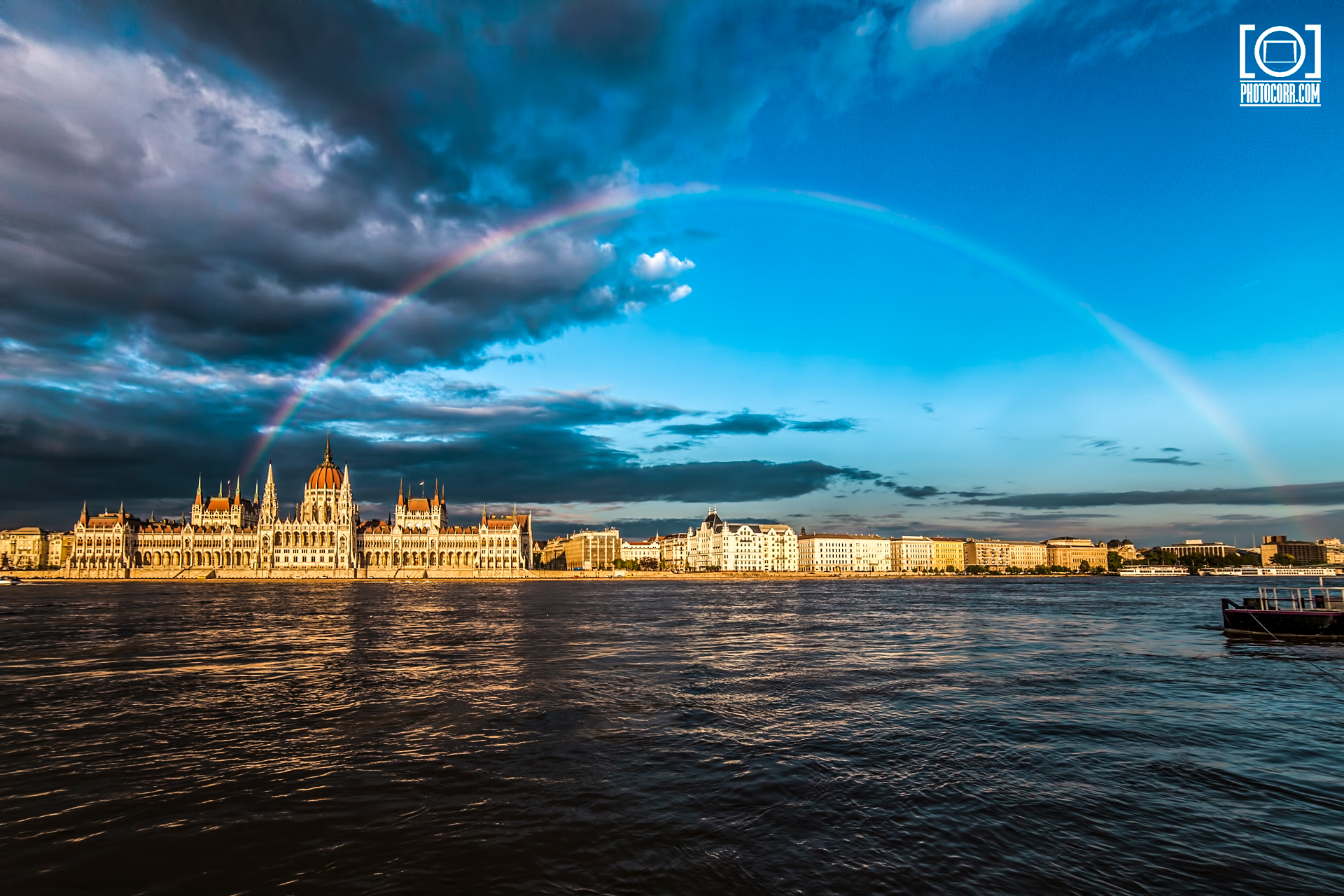
The view of the parliament is impressive...

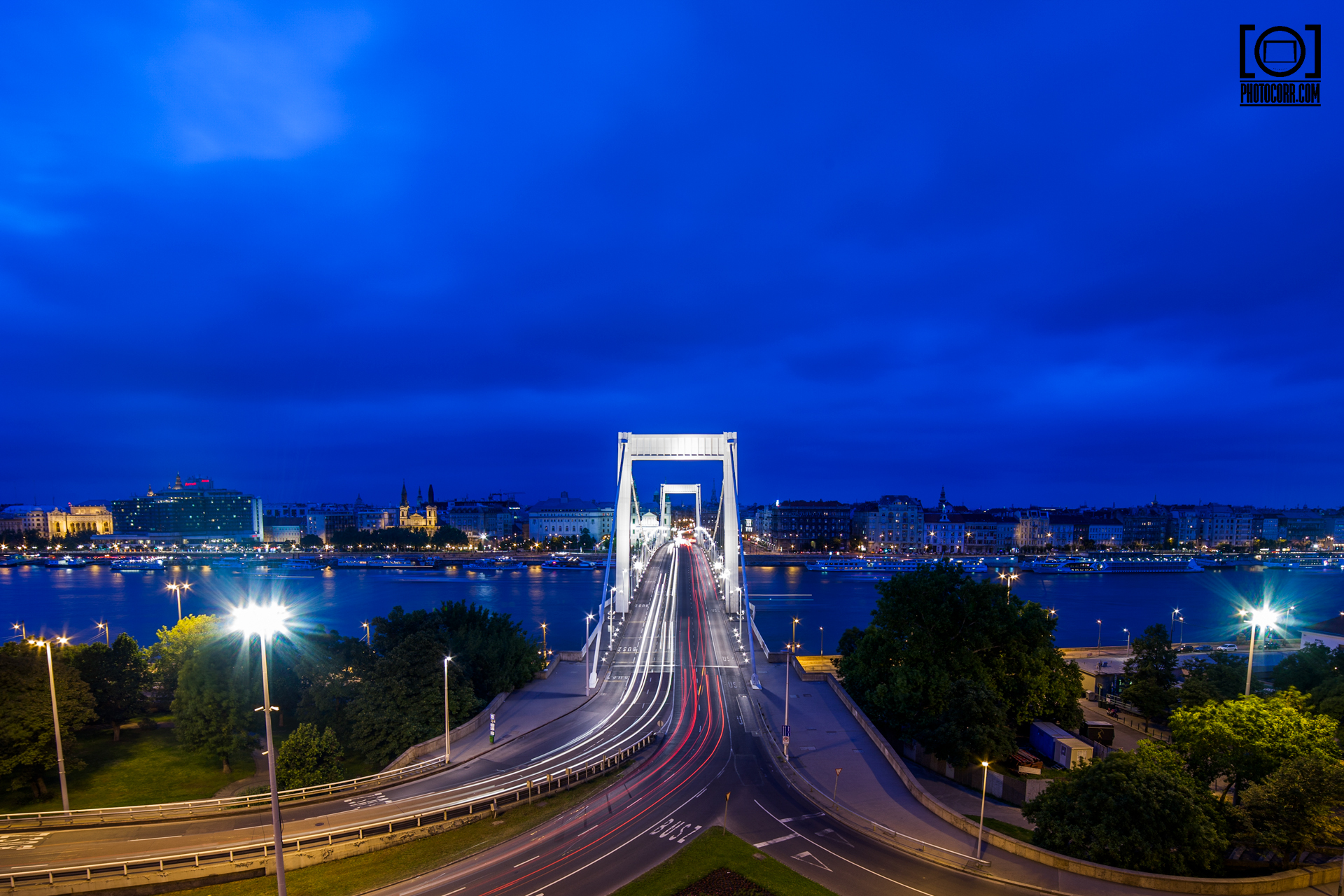
And finally, a few last photos to wrap up my story.
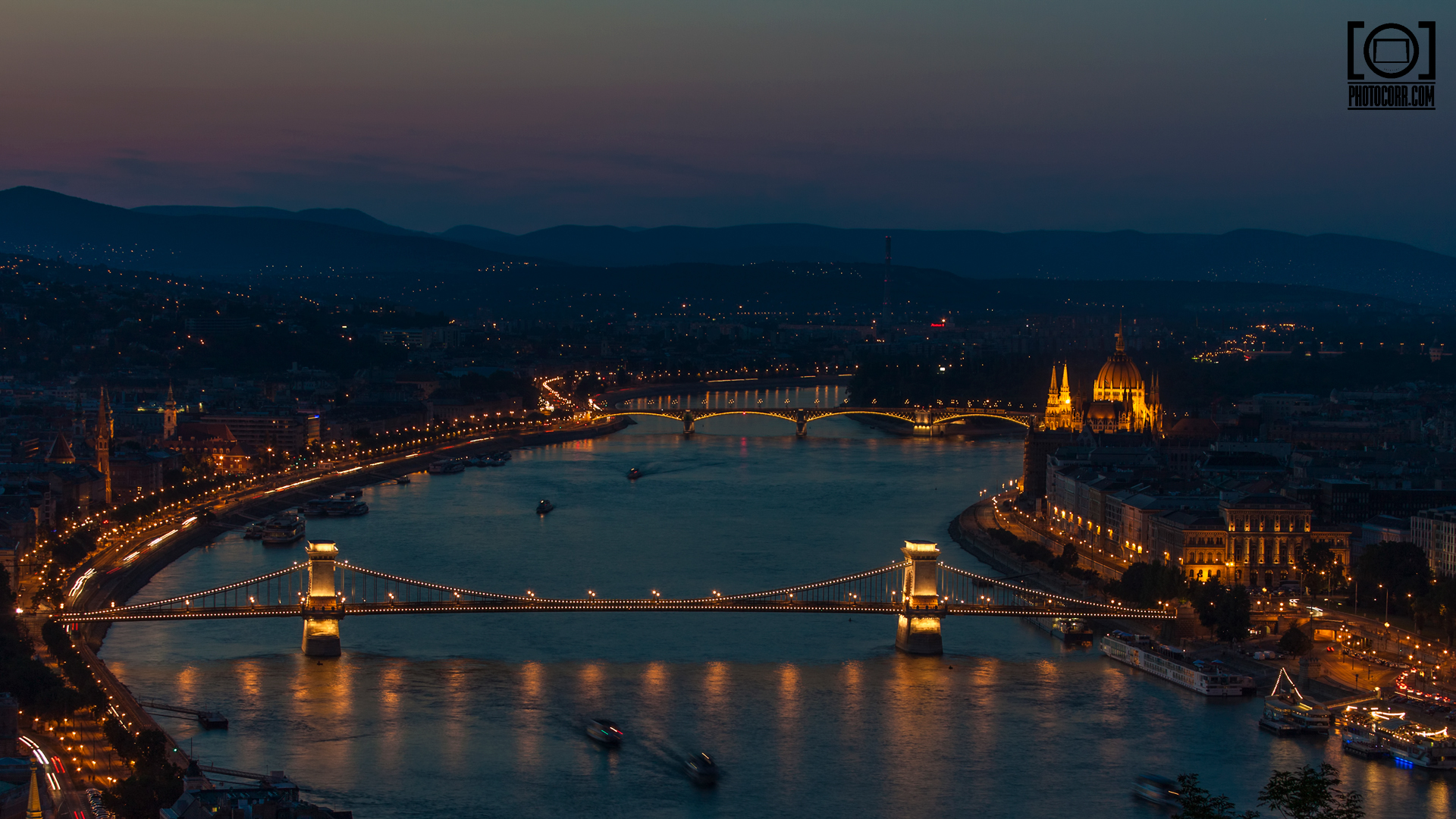



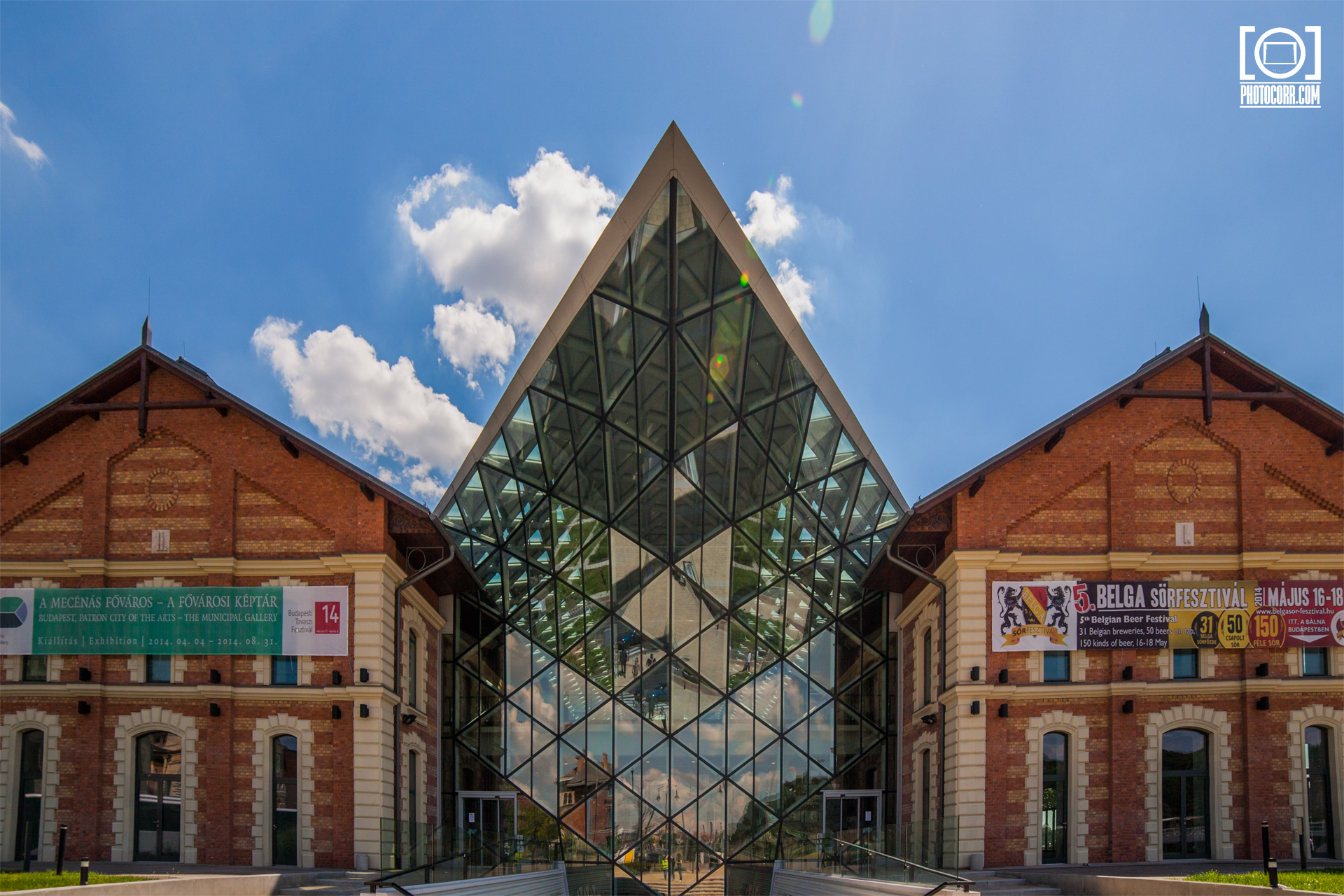
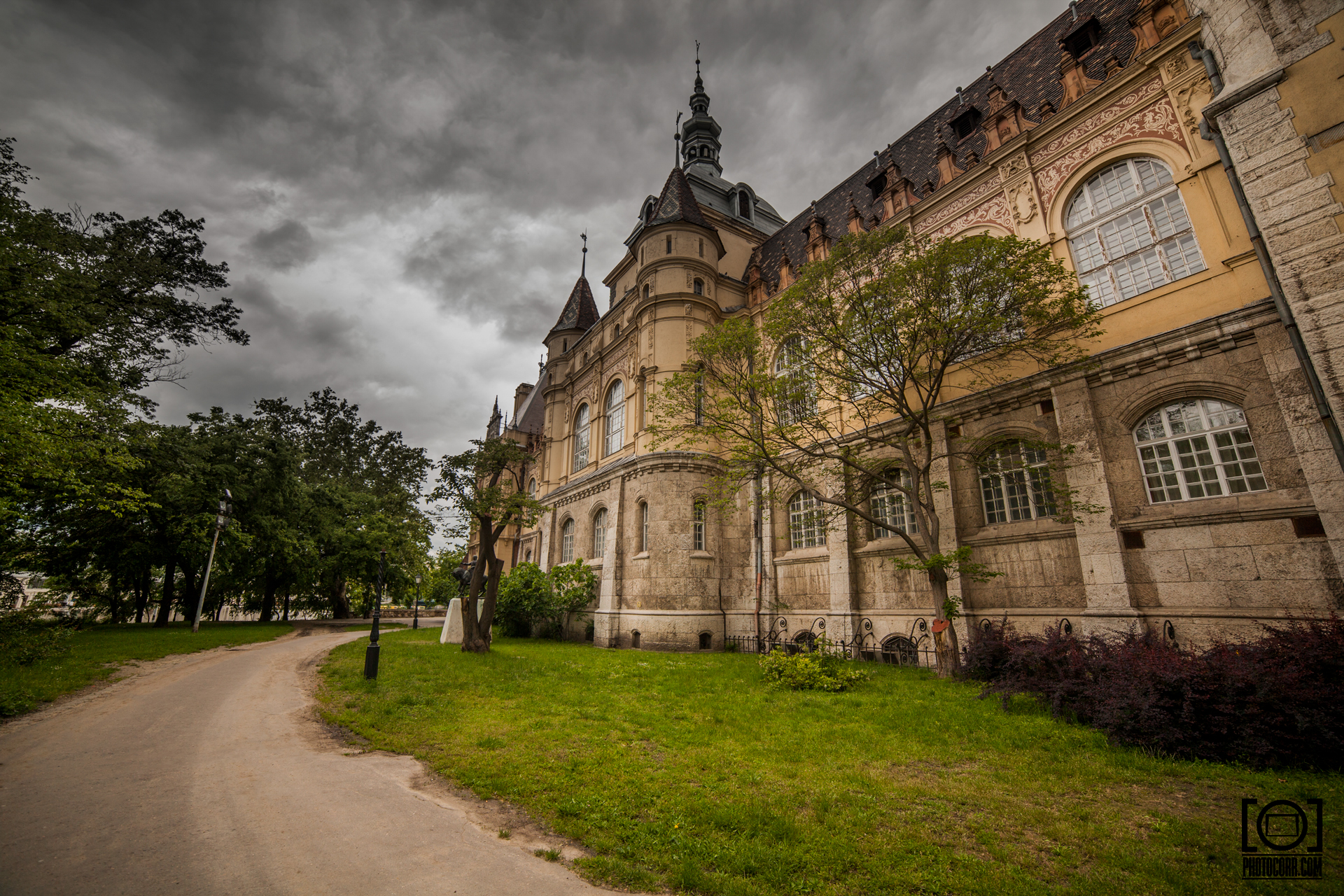
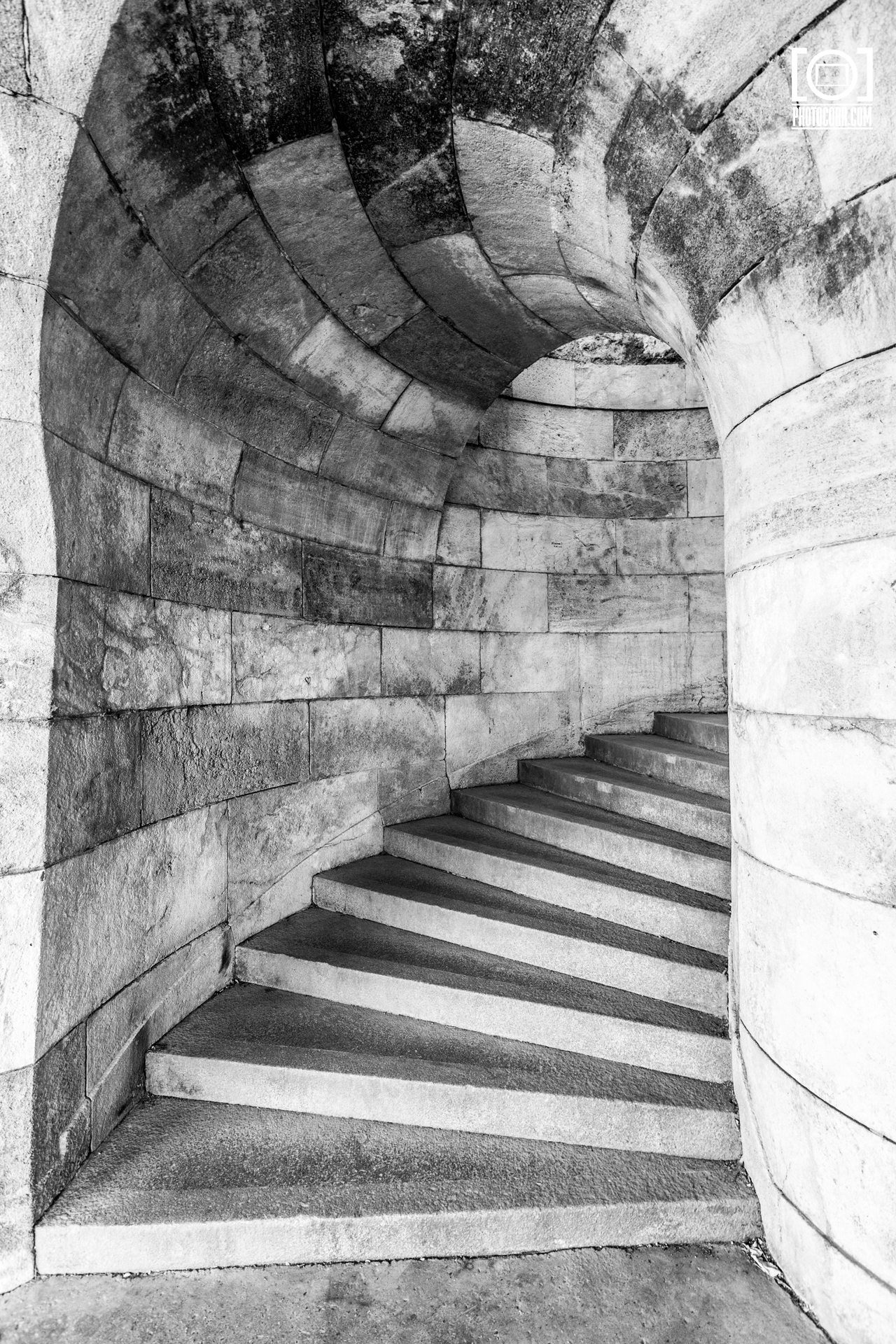

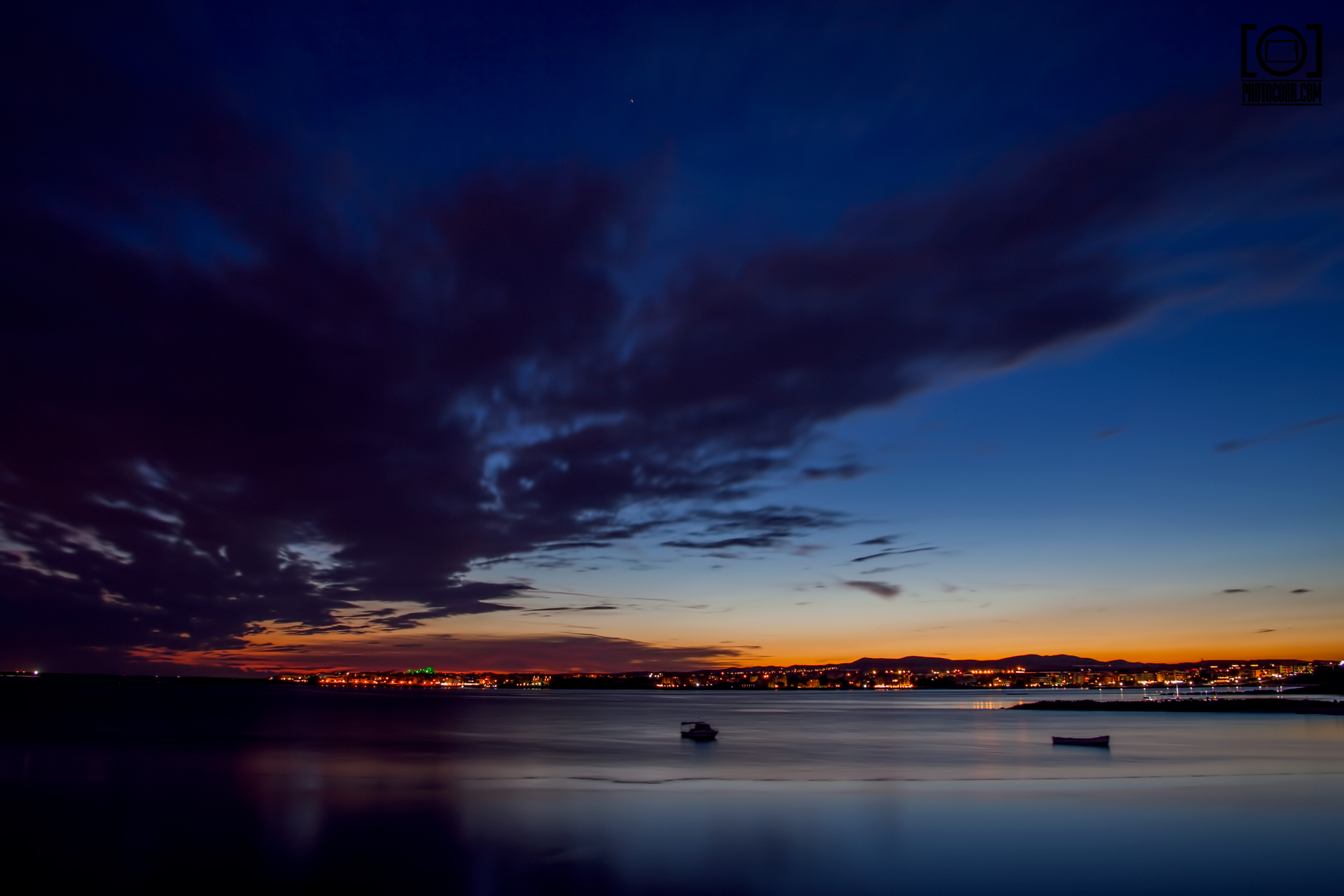
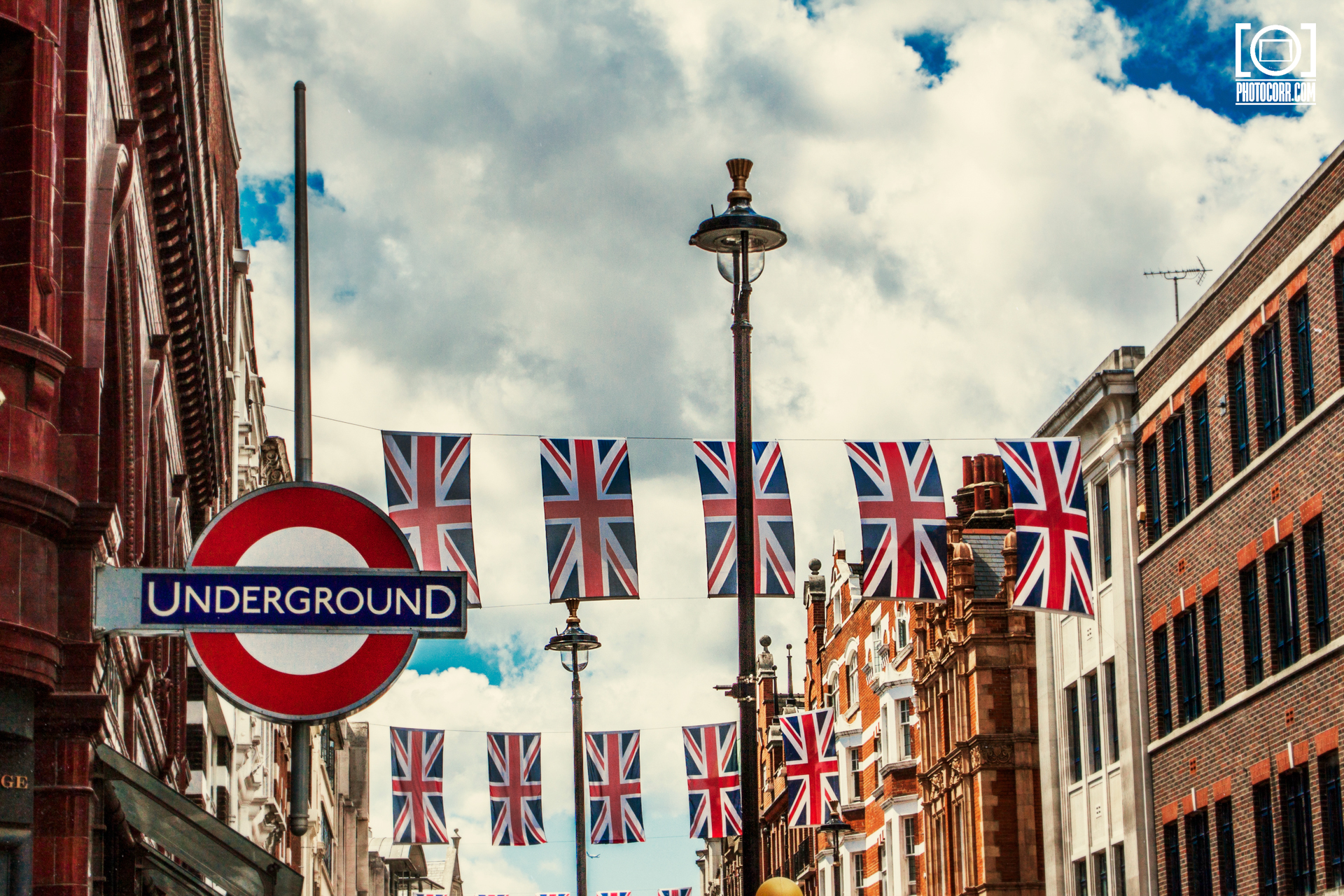
.jpg)